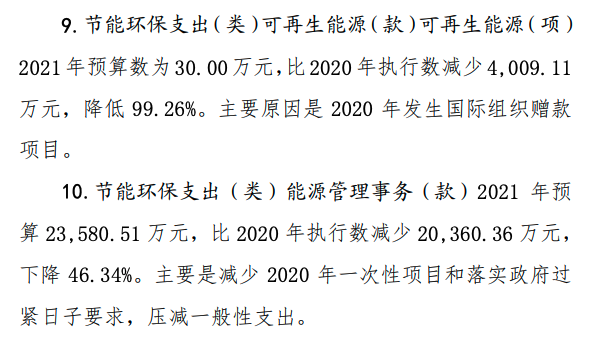
A big move: China's central bank, the People's Bank of China (PBoC), issues a 'green finance assessment plan for financial institutions' (ibit.ly/bA1t). The results are said to be incorporated in PBoC's banking policies and prudent management tools, i.e., bank ranking.
1/quantitive (80%)
% of green finance activities & operation, YoY growth & financial risks
2/qualitative (20%)
Highlights
-green finance strategy, planning and governance
-climate risk stress test & managment
-% non-green & brown assets
-performance on *overseas green finance*
% of green finance activities & operation, YoY growth & financial risks
2/qualitative (20%)
Highlights
-green finance strategy, planning and governance
-climate risk stress test & managment
-% non-green & brown assets
-performance on *overseas green finance*

It is a *significant* move for China to regulate the booming green finance industry (i.e. #1 on green bond), both domestically and overseas.
For years, China has been accused of financing highly polluting projects in BRI and are urged to move away from the brown industries.
For years, China has been accused of financing highly polluting projects in BRI and are urged to move away from the brown industries.
This new assessment plan DOES NOT signal any prohibition for Chinese banks to stop pouring money into non-green/brown projects. It's also far away from a ban on fossil fuel projects. Still, it's a remarkable regulative move on China's financial institutions' overseas activities.
• • •
Missing some Tweet in this thread? You can try to
force a refresh










